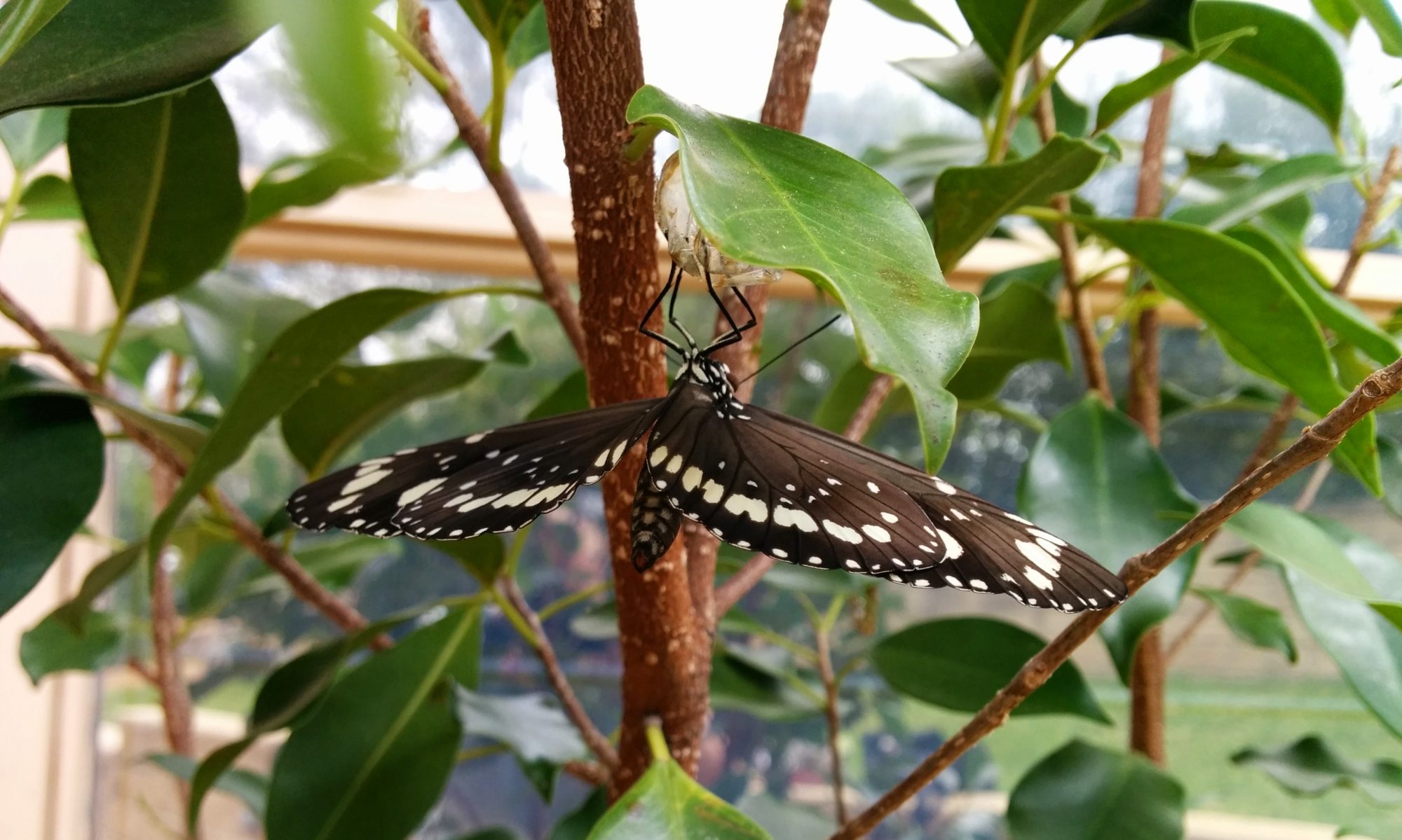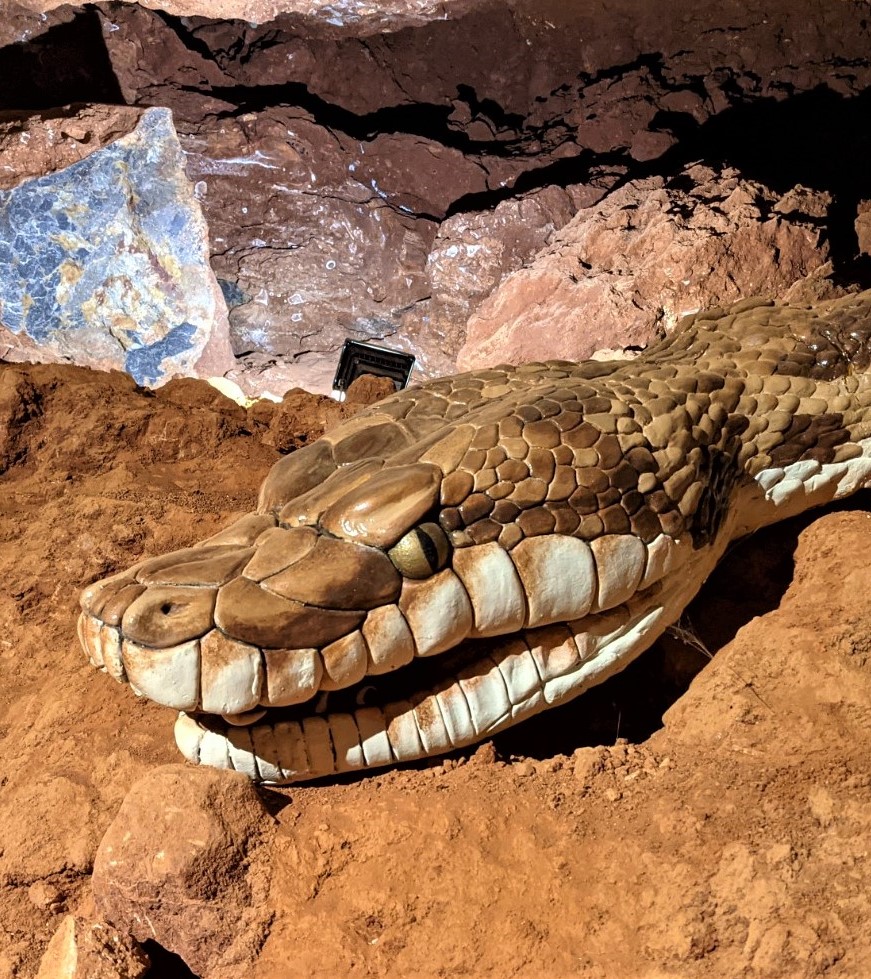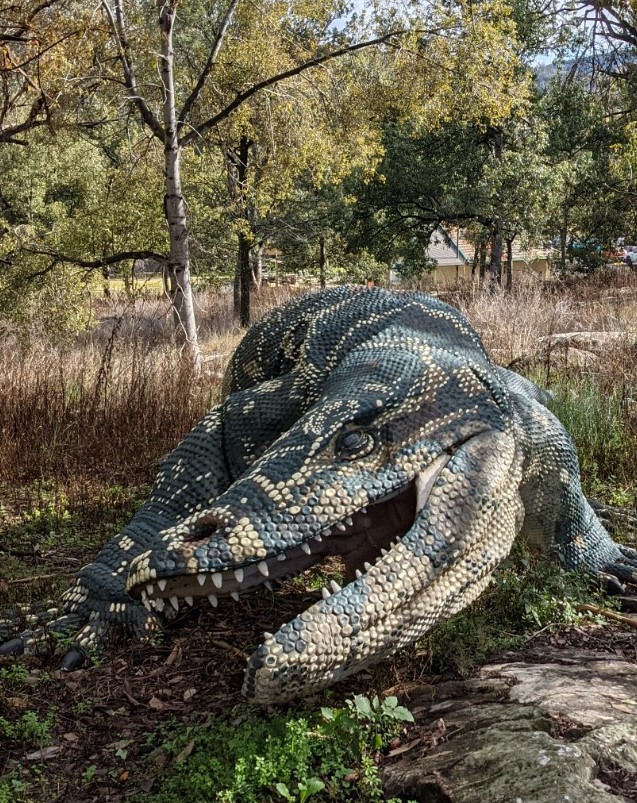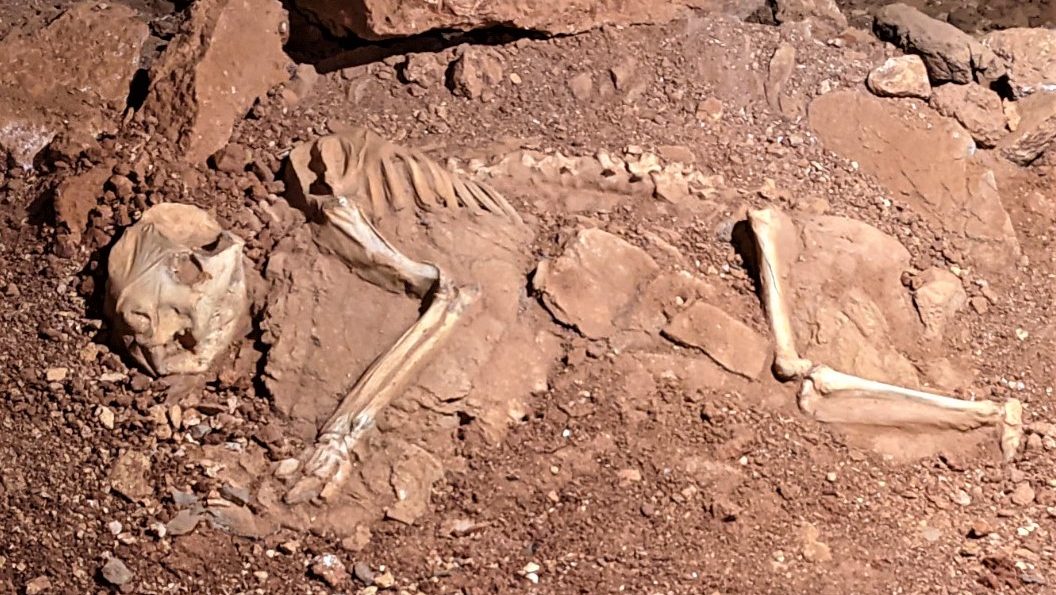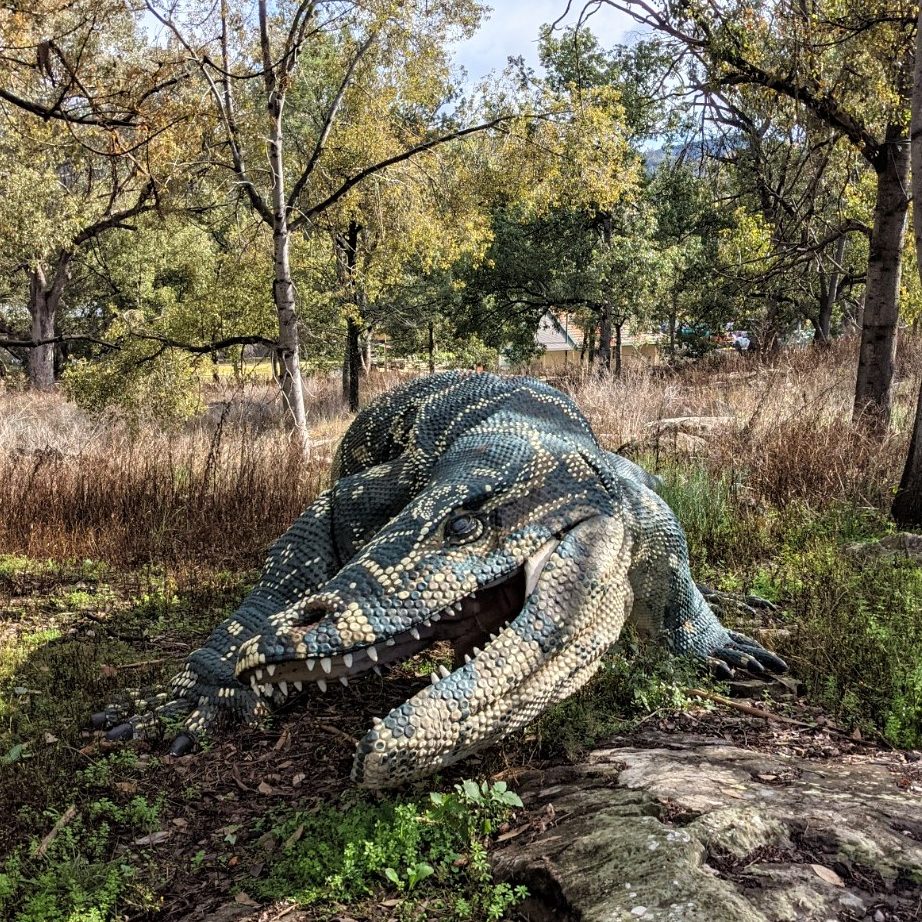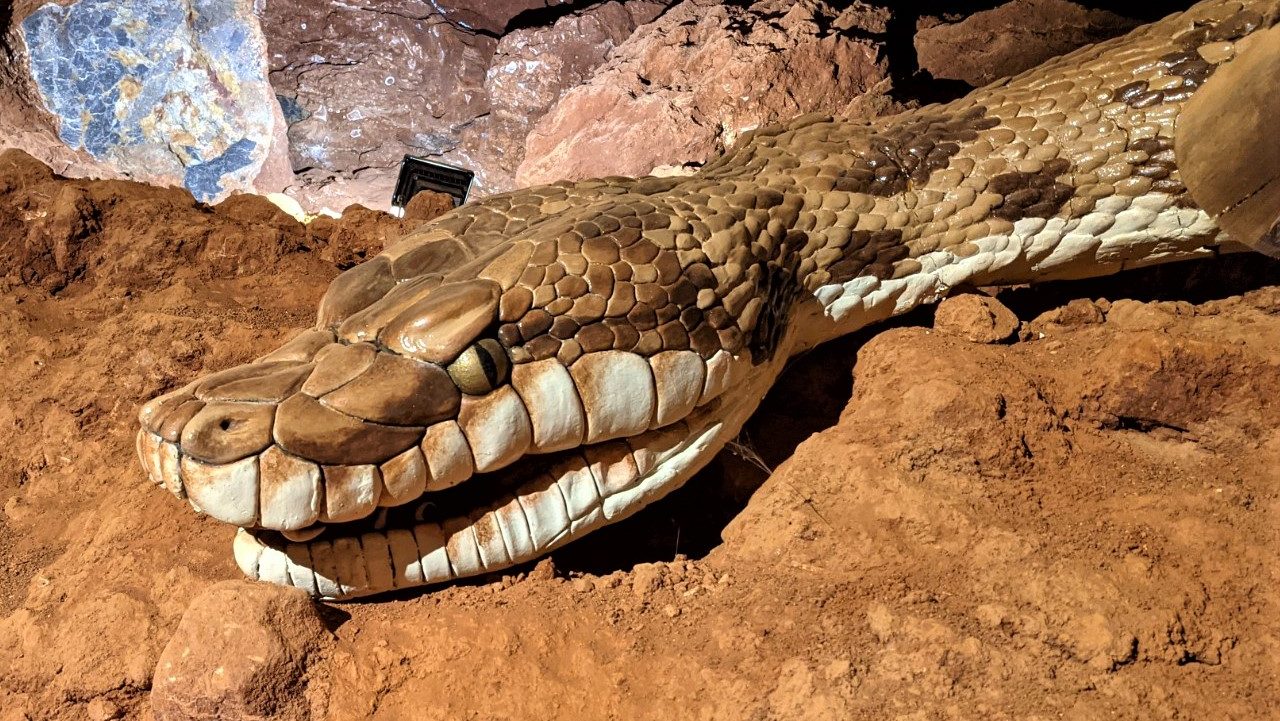I have spent the last 3 weeks exploring fossil sites across NSW and Queensland. 20 days on the road with my family travelling almost 5000km across some amazing parts of Australia. This trip has been on my bucket list for a while.
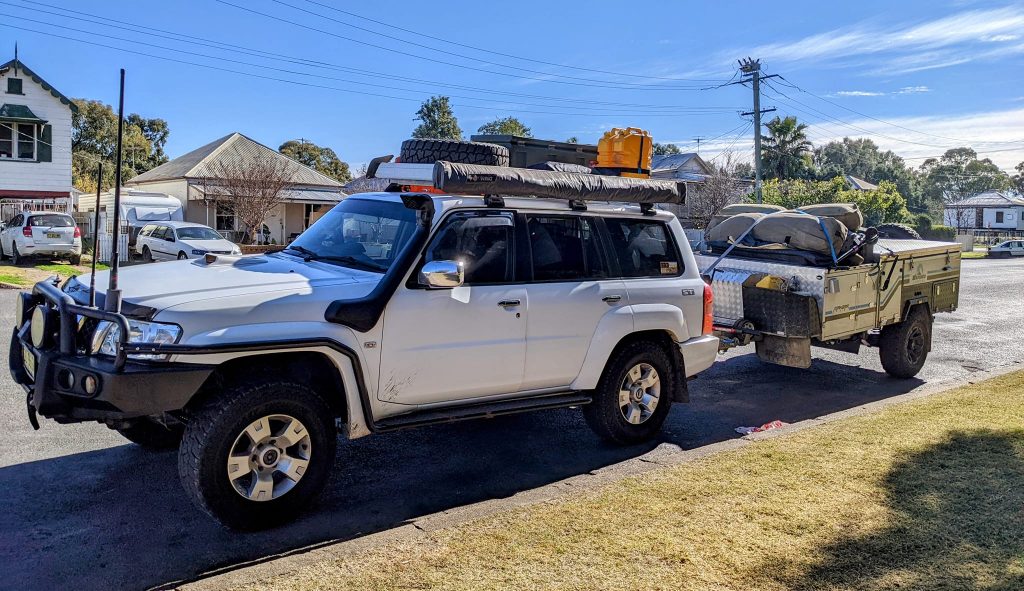
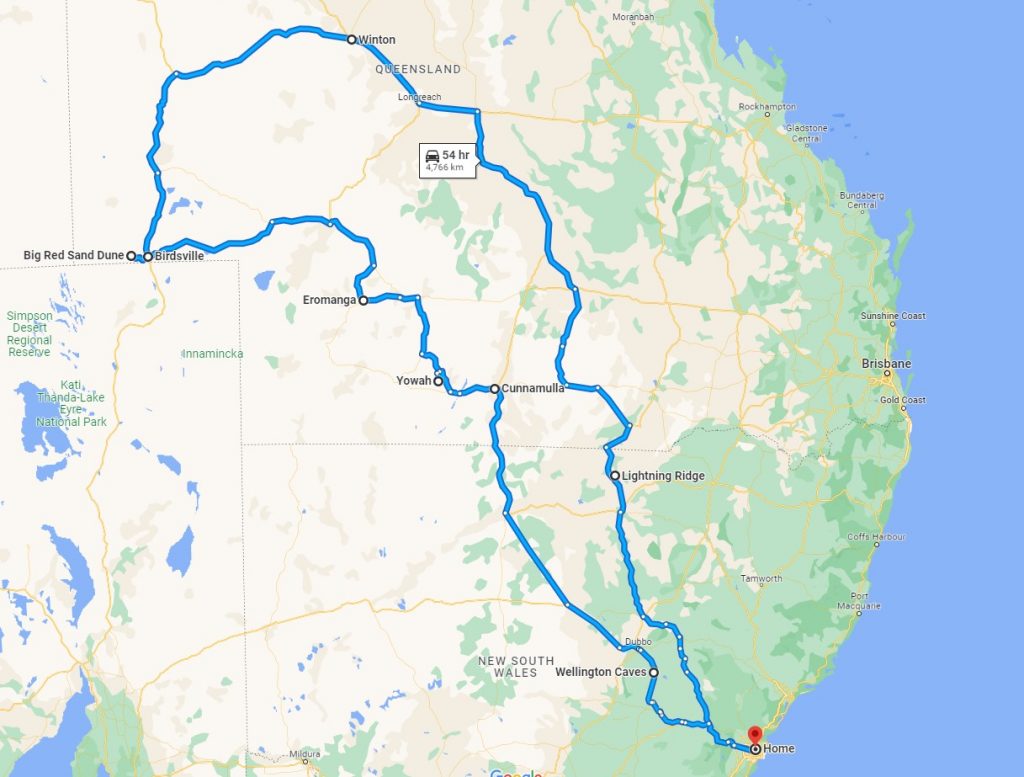
Much of the journey took us over the Great Artesian Basin. The waters of the Great Artesian Basin are held in a sandstone layer laid down by continental erosion of higher ground during the Triassic, Jurassic, and early Cretaceous periods. During this time much of inland Australia was covered by the Eromanga Sea and a layer of marine sedimentary rock formed a confining layer, trapping water in the sandstone aquifer. The eastern edge of the basin was uplifted when the Great Dividing Range formed.
Lightning Ridge
Our first stop was Lightning Ridge to see opalised fossils, the famous black opal and relax in hot springs fed by the Great Artesian Basin.
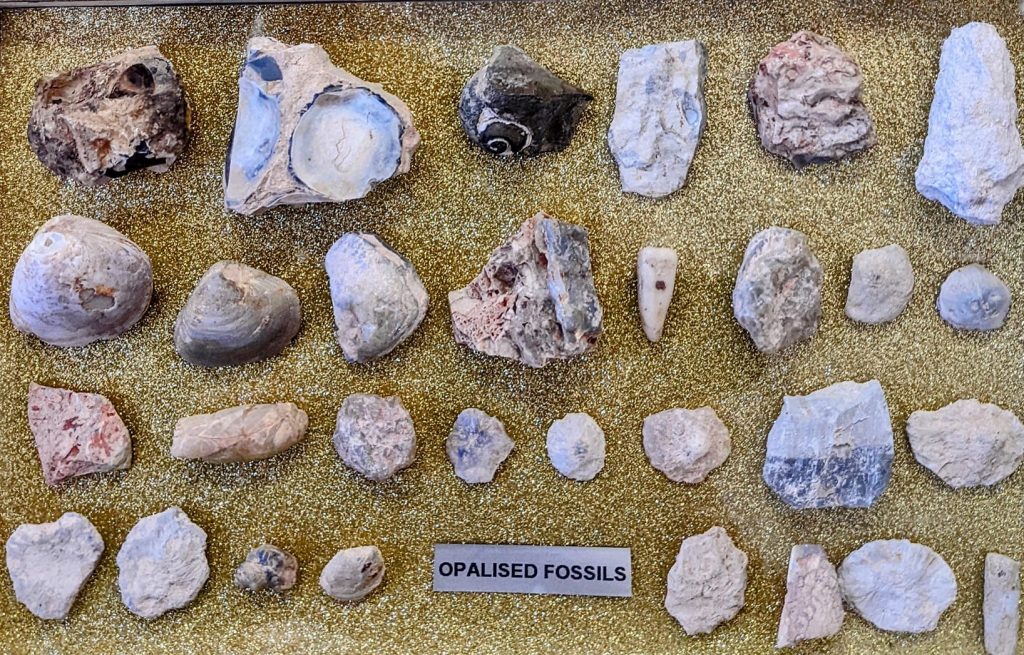
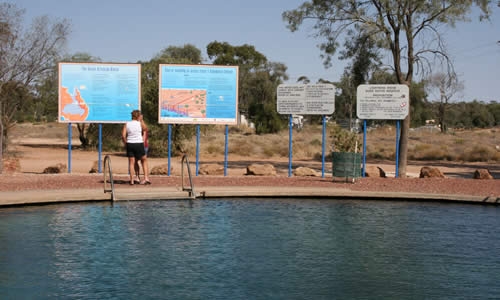
We went to the famous Bottle House full of rocks, fossils and curios, went underground to explore an opal mine and went fossicking. The best way to wind down after a big day fossil hunting is to soak in the hot springs. The artesian water flowing from the bore maintains a temperature of around 41.5C and the water flows at 9 litres per second.
Winton
From Lightning Ridge we made our way into central Queensland and up to Winton. Winton is a great town with lot of things to do, but we were there for the Dinosaurs.
Winton is also famous for poet Banjo Patterson and his characters are the inspiration for the nicknames given to many of the dinosaurs found around Winton. Banjo (Australovenator) and Matilda (Diamantinasaurus) were both found buried together in what turns out to be a 98 million-year old billabong.
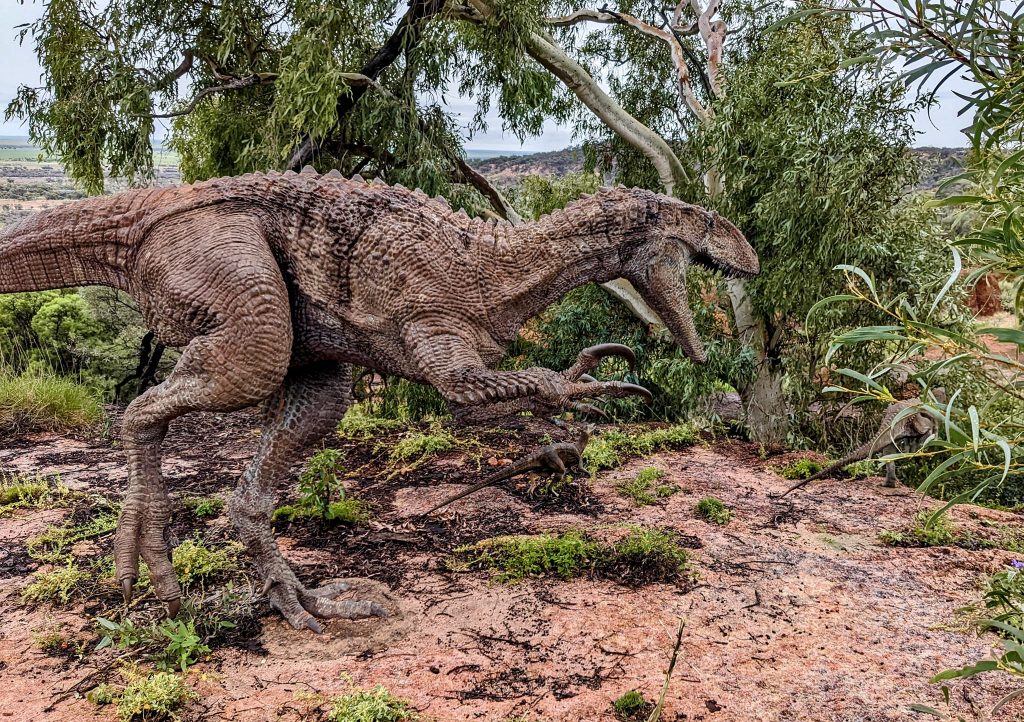
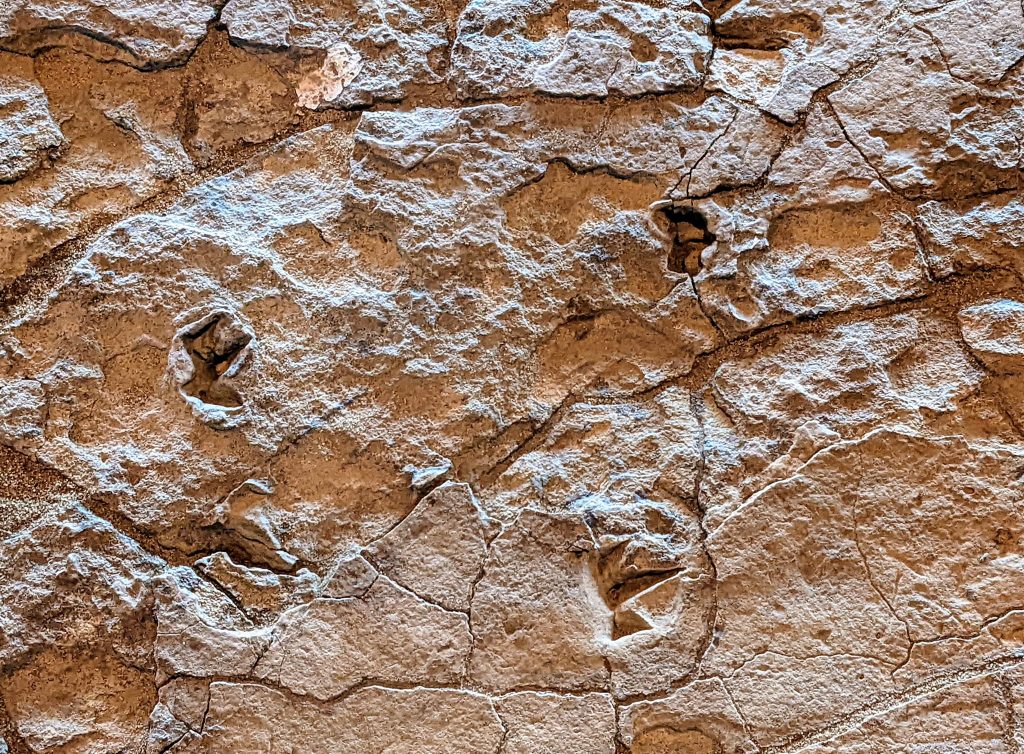
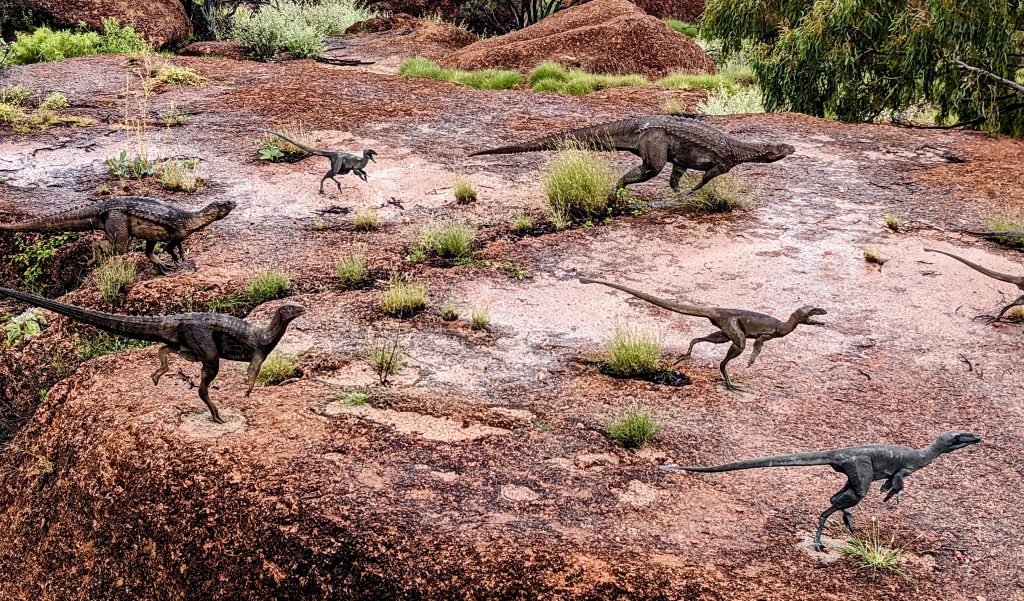
The dinosaur bones are from rocks found in the Winton Formation, a geological layer 102-98 million years old. Since excavations began many types of dinosaurs have been found, including plant-eating ankylosaurs and ornithopods, plus the serrated teeth of carnivorous theropod dinosaurs.
Three famous species of dinosaur have been formally scientifically named from Winton:
- Australovenator wintonensis , Australia’s most complete meat-eating dinosaur.
- Diamantinasaurus matildae , a huge long-necked stocky plant-eating dinosaur.
- Wintonotitan wattsi , a long-necked gracile plant-eating dinosaur.
From Winton we travelled through a beautiful part of Australia, very green from recent rains. The journey between Winton and Bedourie was truly spectacular and we were happy to find more hot springs on arrival in Bedourie.
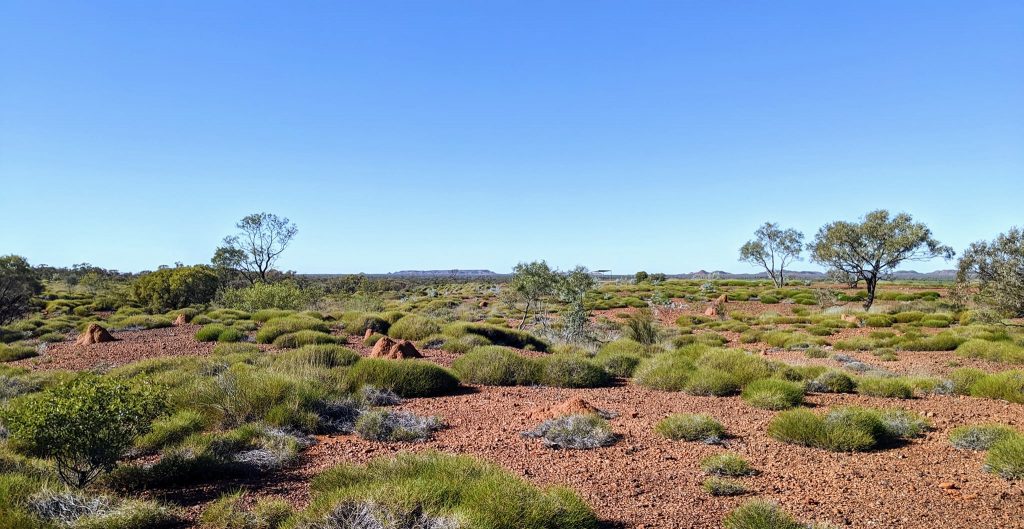
Eromanga
Our next destination was to Eromanga to see more Dinosaur fossils and Megafauna fossils from Eulo. The Dinosaur fossils are found 2 metres below the current day surface and the Megafauna fossils like Diprotodon are being found in layers 1 metre below the surface.
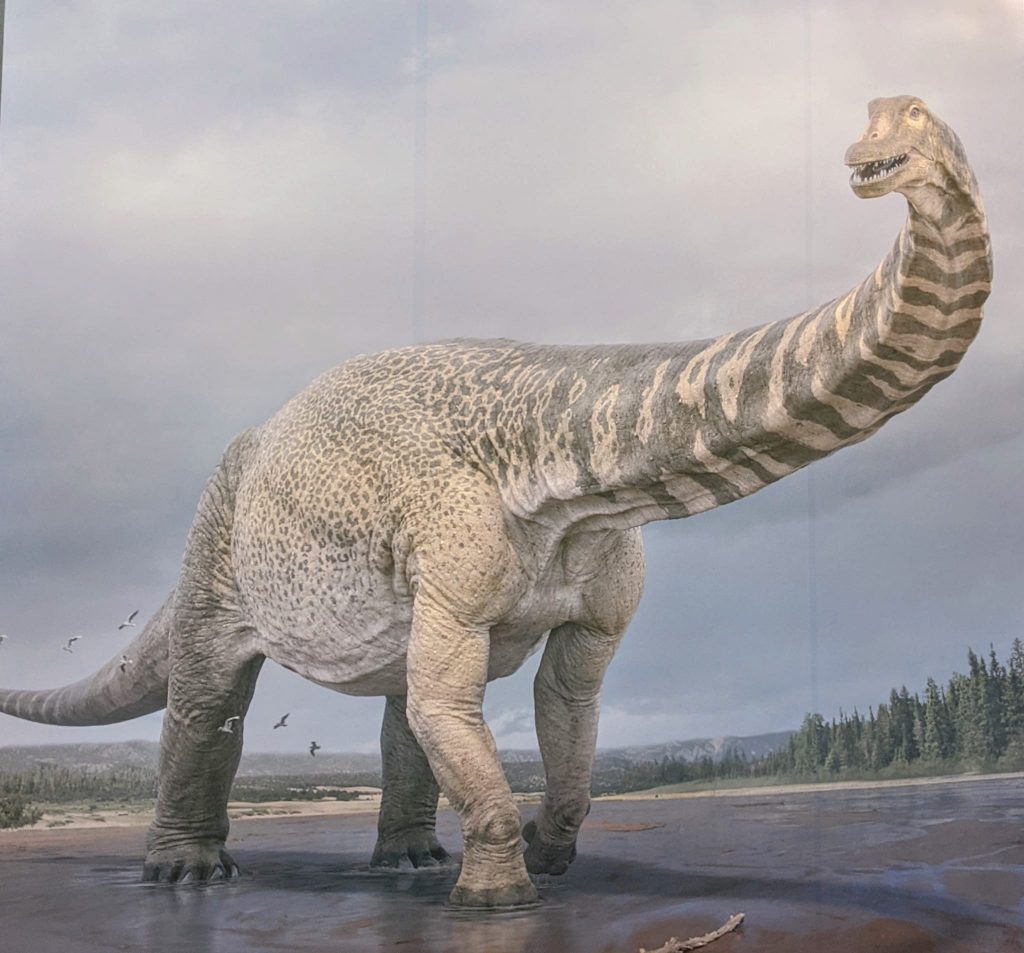
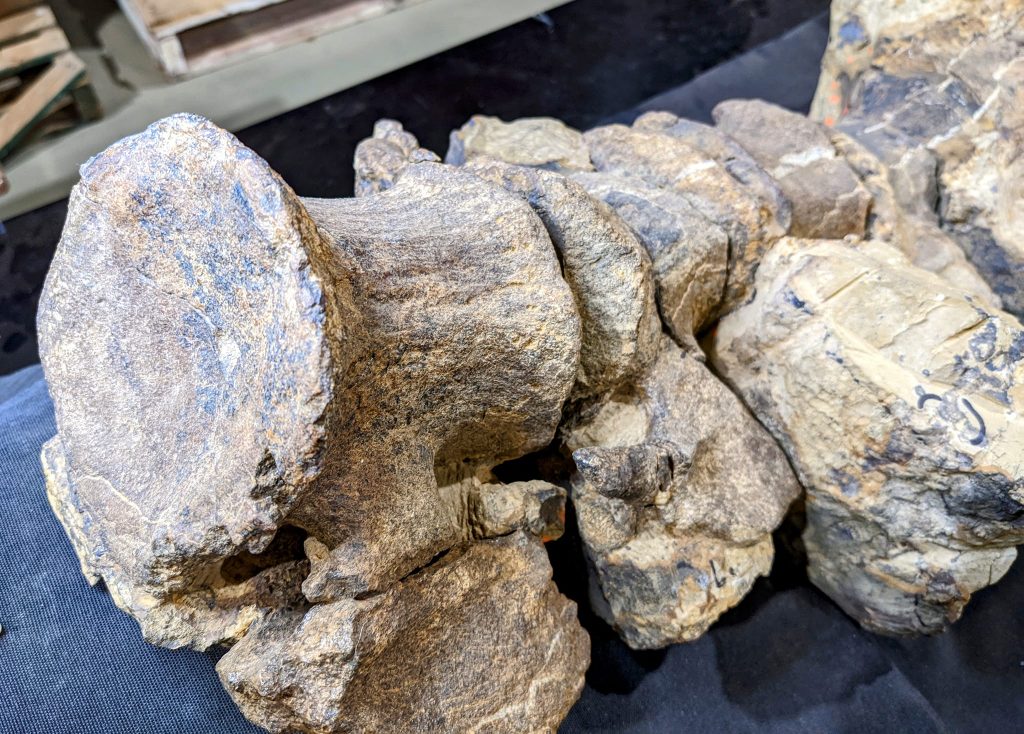
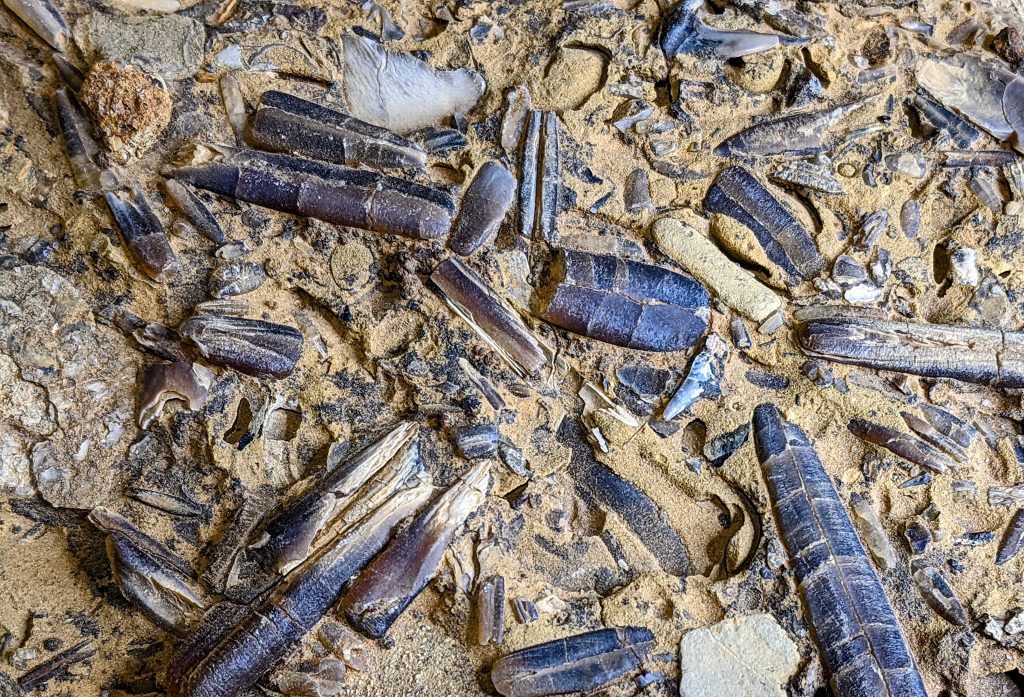
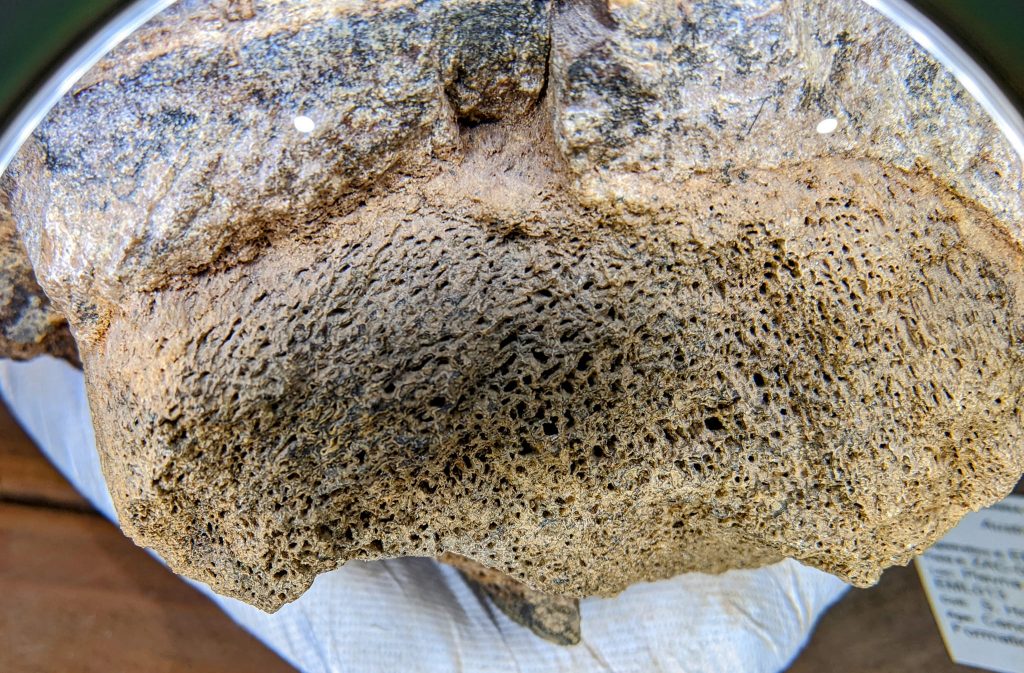
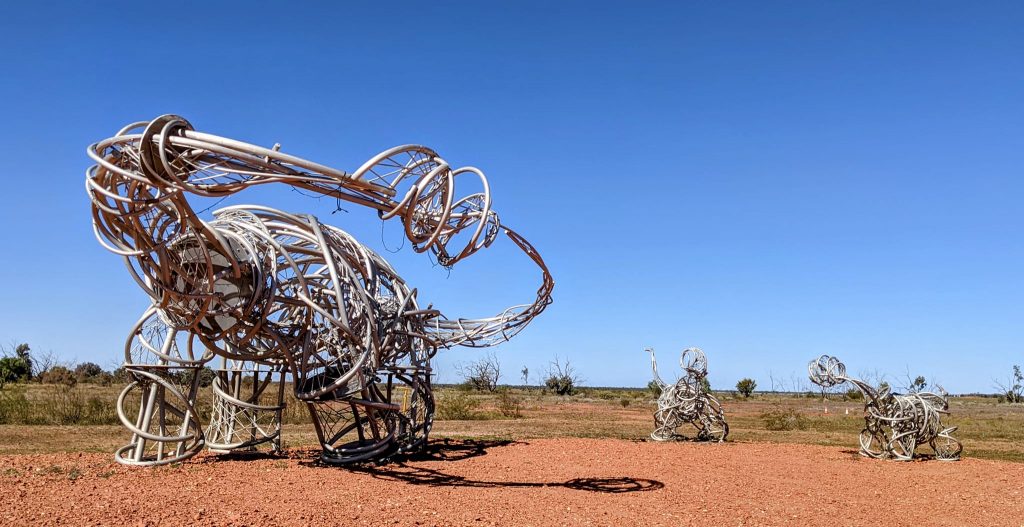
The Eromanga Natural History Museum is beautiful and amazing to see the dinosaur and megafauna fossils being uncovered.
From Eromanga we turned south and made our long way back home to Sydney.
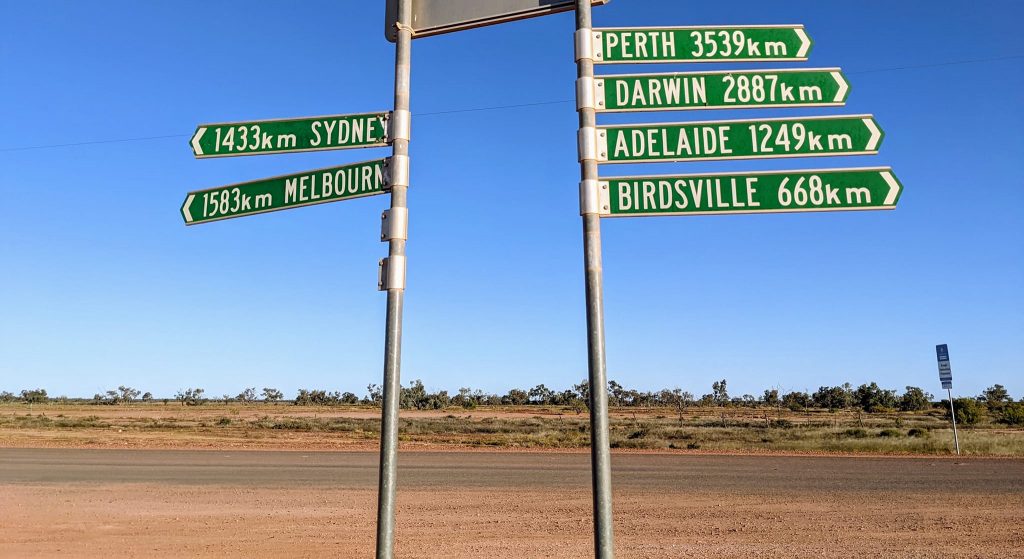
Wellington Caves
We didn’t stop at Wellington Caves on this trip, but is is definitely worth a visit. Fossil vertebrates have been collected at the caves since the 1830’s. The fossil deposits contain bones from mammals, including bats, rodents and monotremes and from reptiles and birds. The age range of the fossils is from the late Pliocene to late Pleistocene approximately 3.5 million – 40,000 years ago.
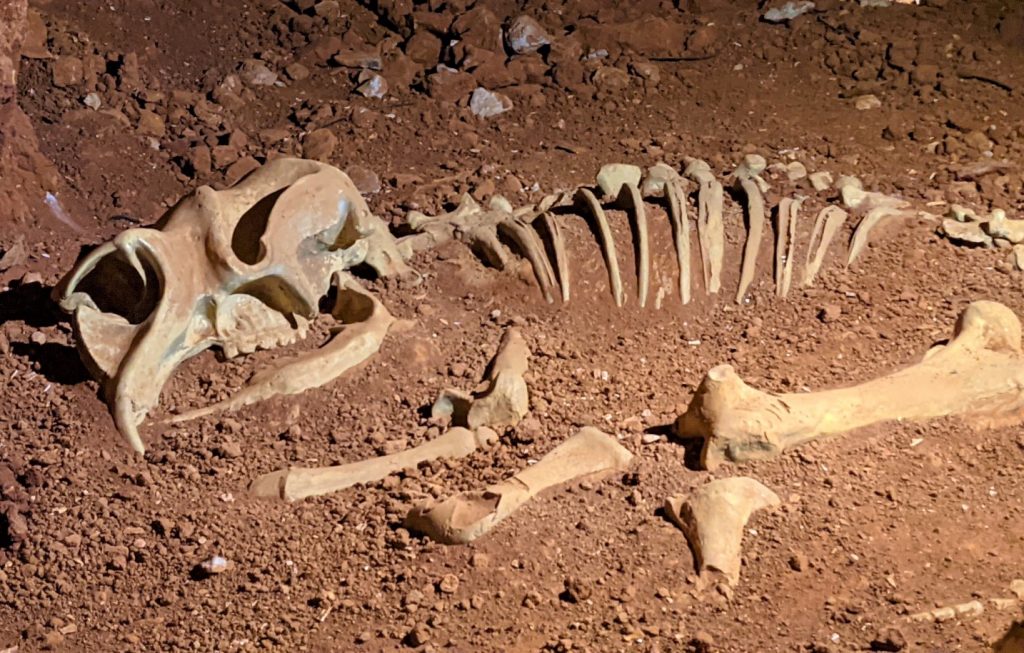
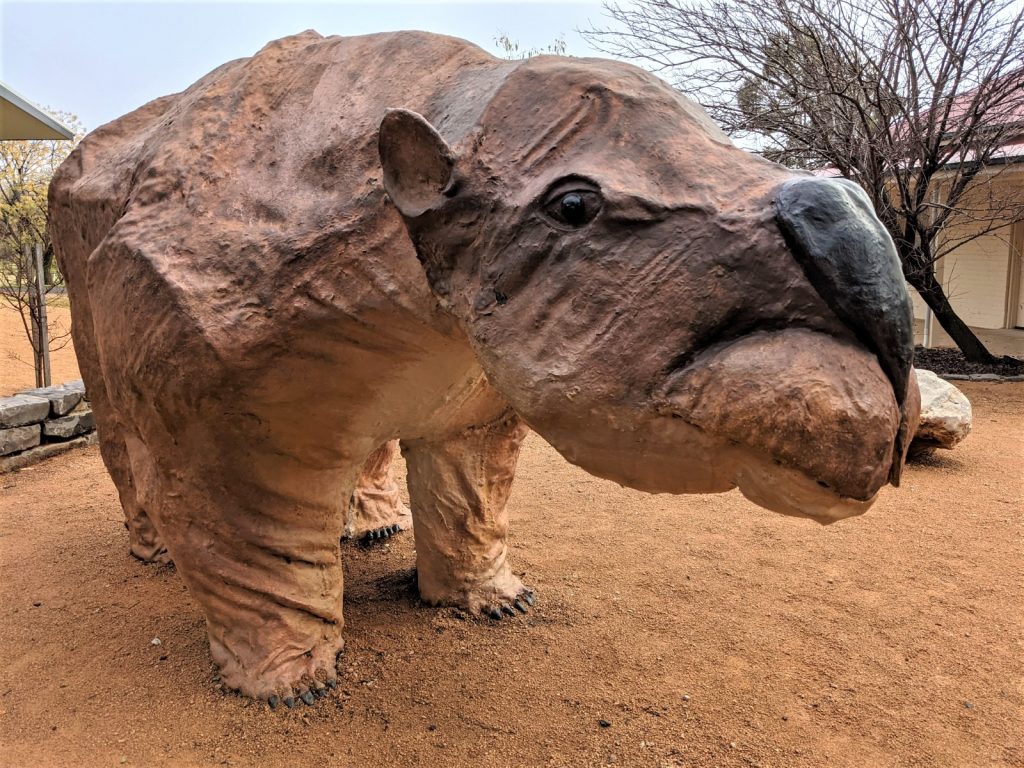
It was an amazing journey , but I’m already planning my next trip through Lake Mungo to Naracoorte Caves and then the Finders Ranges to see the Ediacaran fossils.

